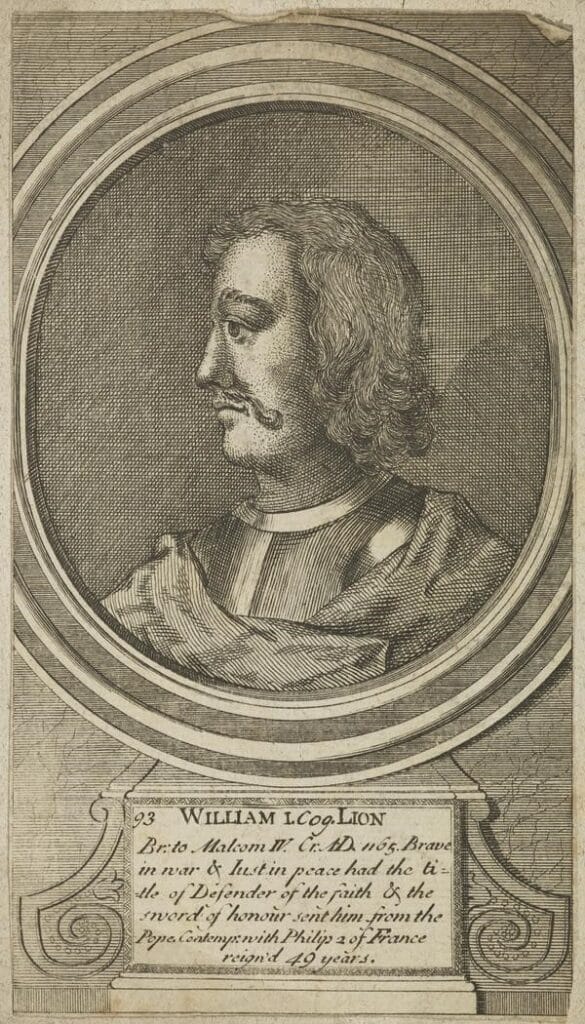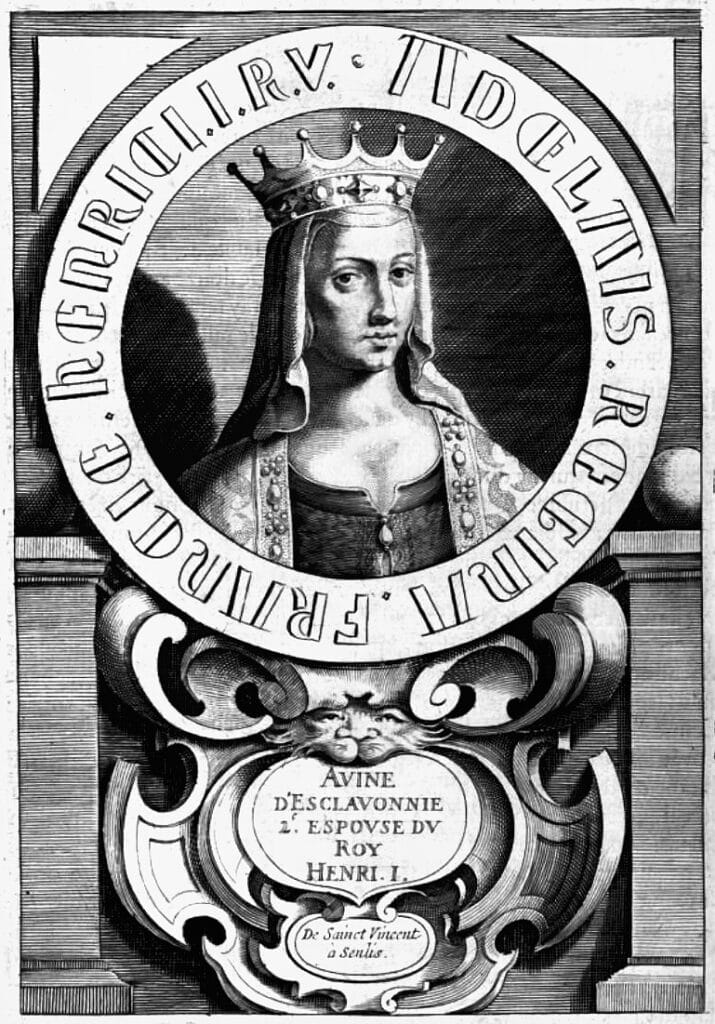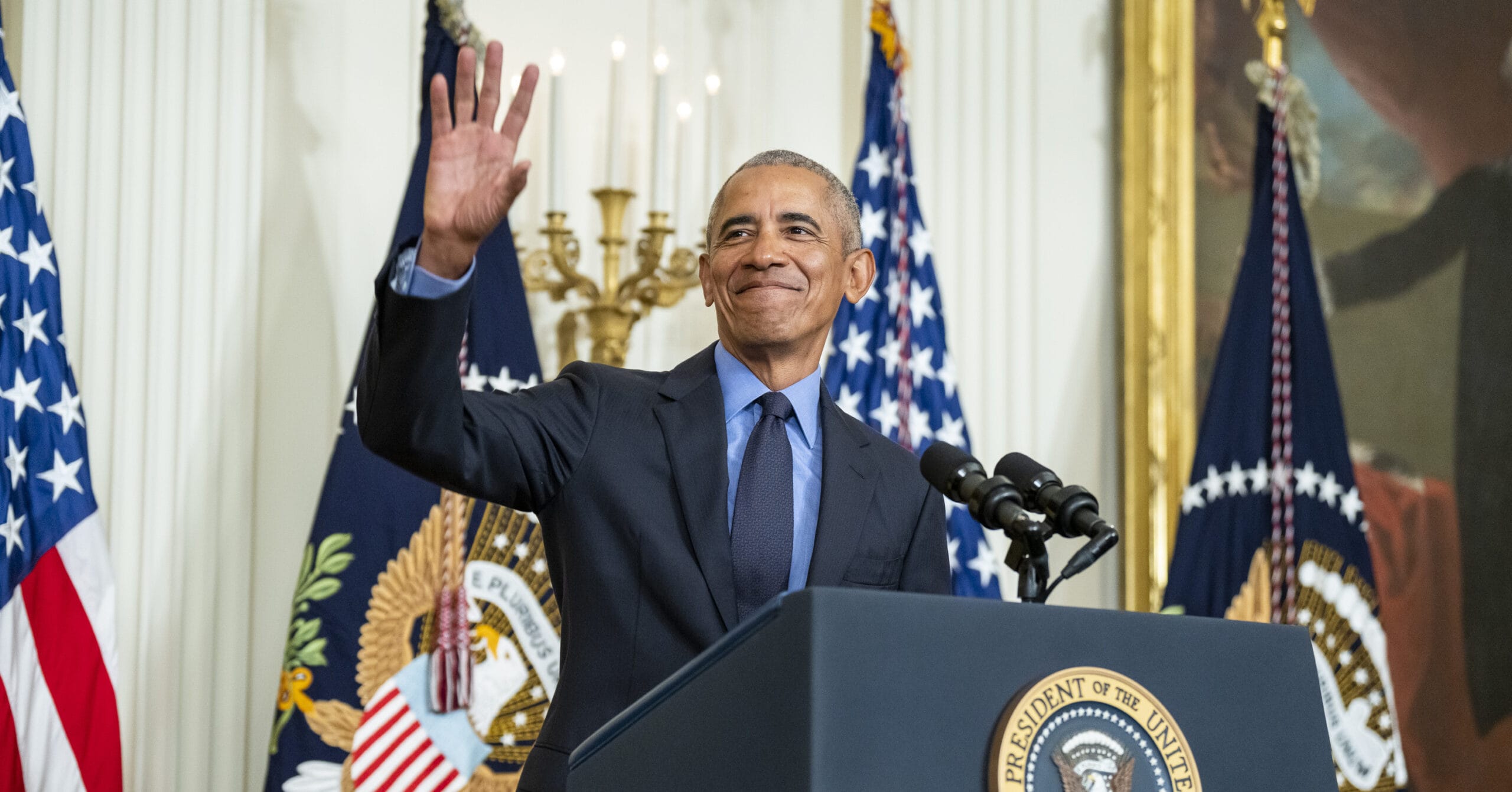In the Russian-speaking segment of the Internet, there is a widespread belief that the first black president of the United States traces his ancestry to the Russian monarchical dynasty. We have verified the accuracy of such publications.
The agency wrote about the family connection between Obama and the Rurikovichs over the years TASS, newspaper "Tomorrow" and portal "Culturology.rf", and in 2013 a story on this topic released TV channel "Russia 24". This statement is also popular among users of blogging platforms - relevant publications can be found on Pikabu and in "Zene». Thematic videos on YouTube and in TikTok receive hundreds of thousands and even millions of views.
Although the 44th President of the United States is known as the first African American to hold that office, he has quite a diverse ethnic background. His father, Barack Obama Sr., in 1959 arrived from Kenya to study at the University of Hawaii, where he met the mother of the future politician Stanley Ann Dunham, who later became famous anthropologist. She comes from an old American family, the first representatives of which moved overseas from Europe back in the 17th century.
The most complete to date pedigree Barack Obama Jr. was compiled by amateur genealogist William Addams Reitwiesner, who has long studied the family ties of American politicians and celebrities. The data he collected clearly indicates that, on his mother’s side, the 44th President of the United States is a 12th-generation descendant of an English gentleman from Nottinghamshire, Edward Fitz Randolph (1607 - ca. 1684), who emigrated to Massachusetts in 1630.
The origins of this person were studied by several genealogists from the USA and Great Britain. According to research American Gary Boyd Roberts, Edward Fitz Randolph is a 17th generation descendant of the Scottish King William I the Lion (reigned 1165–1214). According to Roberts, the king's illegitimate daughter Isabel married the Scottish baron Robert de Rose, and their great-granddaughter Alice de Rose (died 1314) was the wife of the English knight Sir Geoffrey St. Quintin. From the genealogist's reconstruction it follows that Edward Fitz Randolph was a 12th generation descendant of Geoffrey and Alice. However, Roberts' book does not provide detailed source references for all of the relationships he describes.

The genealogy of Edward Fitz Randolph was examined in more detail in a book dedicated to him by researcher Oris Hugh Fitz Randolph. It was not possible to get acquainted with the full text of this work, but the main argument is presented in the notes on the portal WikiTree. It follows from them that according to the documents, the ancestry of Edward Fitz Randolph, who left for America in 1630, can be clearly traced to Christopher Fitz Randolph, who died in 1475 in the county of Nottinghamshire. There are no sources that describe the origins of this man, but, according to the English genealogist Sir Anthony Wagner (his notes are registered in the British Heraldry on May 19, 1972 and September 3, 1975), he was the son of John Fitz Randolph, grandson of John Fitzrandal of Yorkshire and Joan (nee Conyers). Some arguments in support of the kinship of the Nottinghamshire and Yorkshire families of Fitz Randolph not long ago discovered members of the Internet group “Society of Medieval Genealogy”.
According to murals Conyers family, compiled by an expert on English genealogy John Clay, Joan (wife of John Fitzrandal) was the granddaughter of Sir John Conyers and Margaret (nee St. Quintin). There is no direct evidence that Margaret came from the Scottish royal family, and the version presented in Roberts’ book, as the author himself admitted, contains certain stretches. The question of the origin of this woman was discussed in detail in his blog British amateur genealogist John Watson. He concluded that Margaret was the daughter of Thomas de St. Quintin, the son of Geoffrey de St. Quintin and his first wife Alice de Ros, shortening the family tree by two generations compared to Roberts' book. That Alice was the daughter of Sir William de Rhos of Igmanthorpe is expressly stated in the 1300 will her father-in-law William de St. Quintin. In turn, according to data (supported by links to sources) of the authoritative portal thepeerage.com, William de Ros of Ingmanthorp (d. 1310) was the son of another William de Rosa (d. c. 1264) and grandson Isabella, illegitimate daughter of William I the Lion.
Thus, it is likely that Obama is indeed a 26th (or 28th, if Roberts reconstruction) generation descendant of the Scottish king William I the Lion. Moreover, part of this pedigree is based on two undocumented, but plausible assumptions.
As for the family ties of William I Leo with the Rurikovichs, they are beyond doubt. The mother of the Scottish king was Ada de Warenne - daughter Elizabeth of Vermandois and granddaughter Hugo, Count of Vermandois, on his mother's side. In turn, Hugo is the youngest son of the French king Henry I (reigned 1031–1060) and Anna Yaroslavna, daughter of Prince Yaroslav the Wise. Accordingly, Obama (adjusted for the above reservations) may well be a descendant of Anna Yaroslavna in the 30th (or 32nd) generation and the Kyiv prince Igor, the first unconditionally historically reliable representative of the Rurik family, - in the 34th (or 36th) generation. Igor’s family ties with Rurik and the very existence of the supposed founder of the dynasty, as already wrote “Verified” remain a subject of debate in historical science.

Such aristocratic roots (or, in any case, claims to them) can hardly be called something unique in the American establishment, given the origin of many of its representatives from a relatively narrow circle of European immigrants, among whom were many nobles. They, in turn, had family ties with European royal houses (often through illegitimate children), which, thanks to a series of dynastic marriages, were related to both the Rurikovichs and the Romanovs. Thus, in the already mentioned book by Roberts, the origin of the first US President from the same William I Leo (and therefore from the Rurikovichs) is shown George Washington, 19th - Rutherford Hayes, as well as on the 41st and 43rd: George Bush Sr. and George W. Bush Jr.. Let us make a reservation that “Verified” has not analyzed this information; it may contain errors or assumptions.
In 2015, on the eve of the presidential elections, study MyHeritage project about the pedigree of future candidates from the main American parties - Republican Donald Trump and Democrat Hillary Clinton. It has been argued that they are distantly related to each other, since both descend from a person who lived at the end of the 14th century John of Gaunt, Duke of Lancaster. He is also on his father's side (through his grandmother Isabella, daughter of the French king Philip IV the Fair), and on her mother's side (through her grandmother Jeanne Valois, daughter of Charles Valois, the younger brother of the same Philip IV) line came from the French Capetian dynasty, that is, he was a descendant of the same Anna Yaroslavna in the 12th generation.
On the other hand, it is a mistake to believe that all American presidents or prominent politicians without exception can boast of royal roots. For example, in the most detailed genealogy murals the current head of state, a descendant of Irish immigrants, Joe Biden, has not identified any aristocratic ancestors.
Cover photo: The White House via Wikimedia Commons
- F. Uspensky. How Russian princes became related to Western kings and steppe leaders
- Podcast “You’re a Mother.” Where to start studying family history? And is it necessary to study it?
- Is it true that French kings swore oaths on the Gospel from Anna Yaroslavna’s dowry?
- Did Joe Biden say he was Joe Biden's husband?
If you find a spelling or grammatical error, please let us know by highlighting the error text and clicking Ctrl+Enter.






